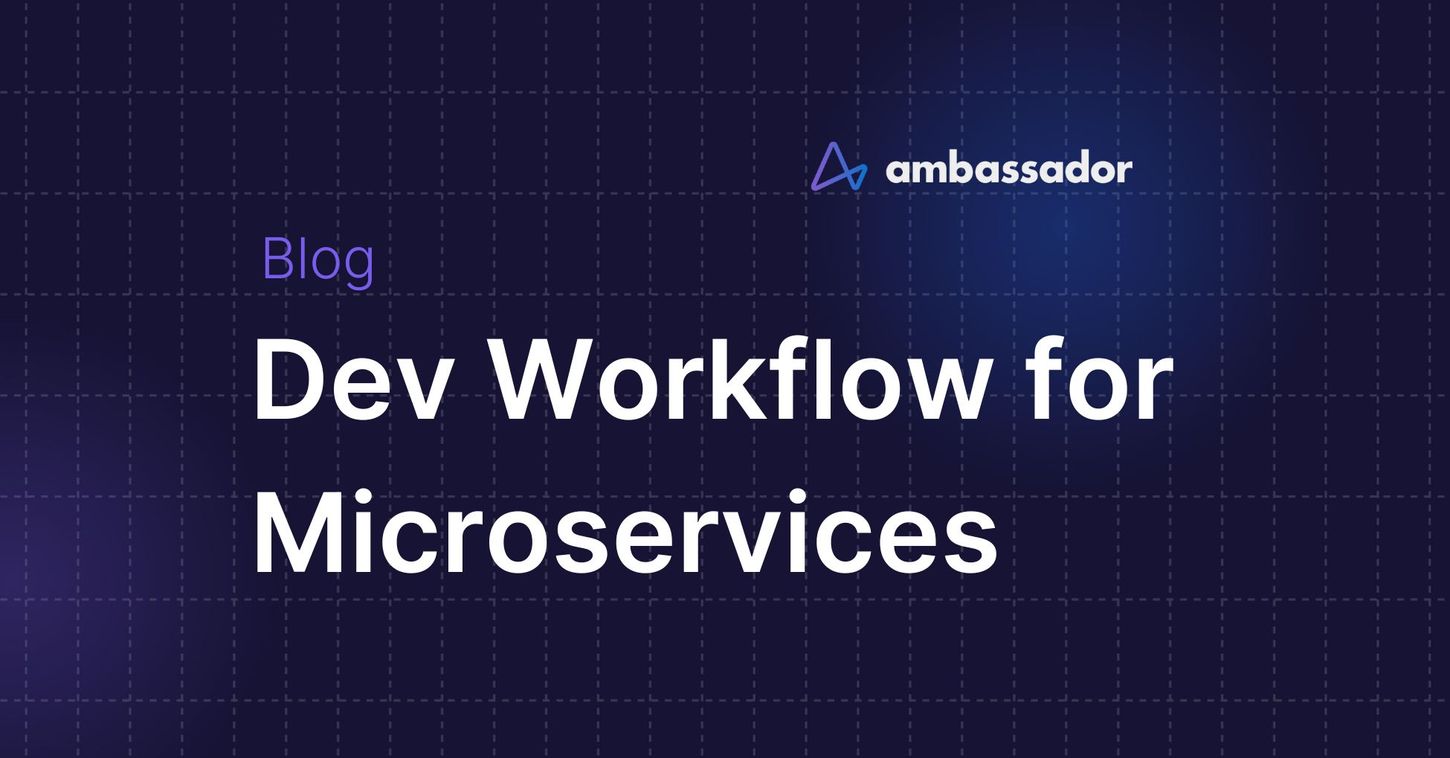Why Development Workflow is Critical for Microservices

The stability vs velocity tradeoff
Scaling your development workflow
Microservices
Building a workflow is both easy and hard
Further reading
Development workflow is the process by which your organization develops software. A typical development workflow starts with product definition, and then moves through development, testing, release, and production stages.
The stability vs velocity tradeoff
Organizations tune this workflow for their given business needs and application. Typically, this involves optimizing the workflow to provide the right balance of stability versus velocity. As the application becomes more popular, ensuring that updates don't negatively impact users becomes more important. More stringent release criteria, better testing, and development reviews are typical strategies that improve stability. Yet these strategies aren't free, as they reduce velocity.
Haven't you ever said, we used to ship software so much faster, and now it's slowed down even though we have twice as many engineers?
Scaling your development workflow
The problem with the development workflow is that no amount of optimization can overcome the fact that there is no single development workflow that works for every part of the application.
The reality is that some parts of your application demand stability, while other parts of your application require velocity. What you really need is multiple workflows that work for different parts of your application.
Microservices
Microservices is distributed development workflow, enabled by splitting your application up into smaller services. By splitting your application into smaller components, you're able to run independent development workflows for each of your services.
You want to run a prototyping workflow for early feature development. As your service matures, you'll want a workflow that supports rapid updates in production. And as it becomes a mission critical service that other services or users really depend on, you'll need a workflow that insures rock-solid stability.
Building a workflow is both easy and hard
The challenge of building a microservices workflow is that you need a standard set of tools and processes that support all these different modes of development. You don't want one set of tools for prototyping, and another set of tools and workflow for production.
In addition, a microservices architecture, the development teams are typically responsible for a service and not just the code. This implies that the development teams need operational skills and capabilities, e.g., monitoring and deployment.
Luckily, Kubernetes has become a de facto standard for running cloud native applications. The Kubernetes ecosystem provides a robust set of operational infrastructure with which to run microservices. So you don't need to start from scratch.
Further reading
If you're interested in learning more about this topic, we've spoken extensively on this topic at numerous conferences. Check out our slides here.
Next Steps
- Need some expert help? Speak with an expert to see how we might be able to help improve your current development workflow.
- Check out Telepresence and Ambassador Labs for more info on each of our open source tools.